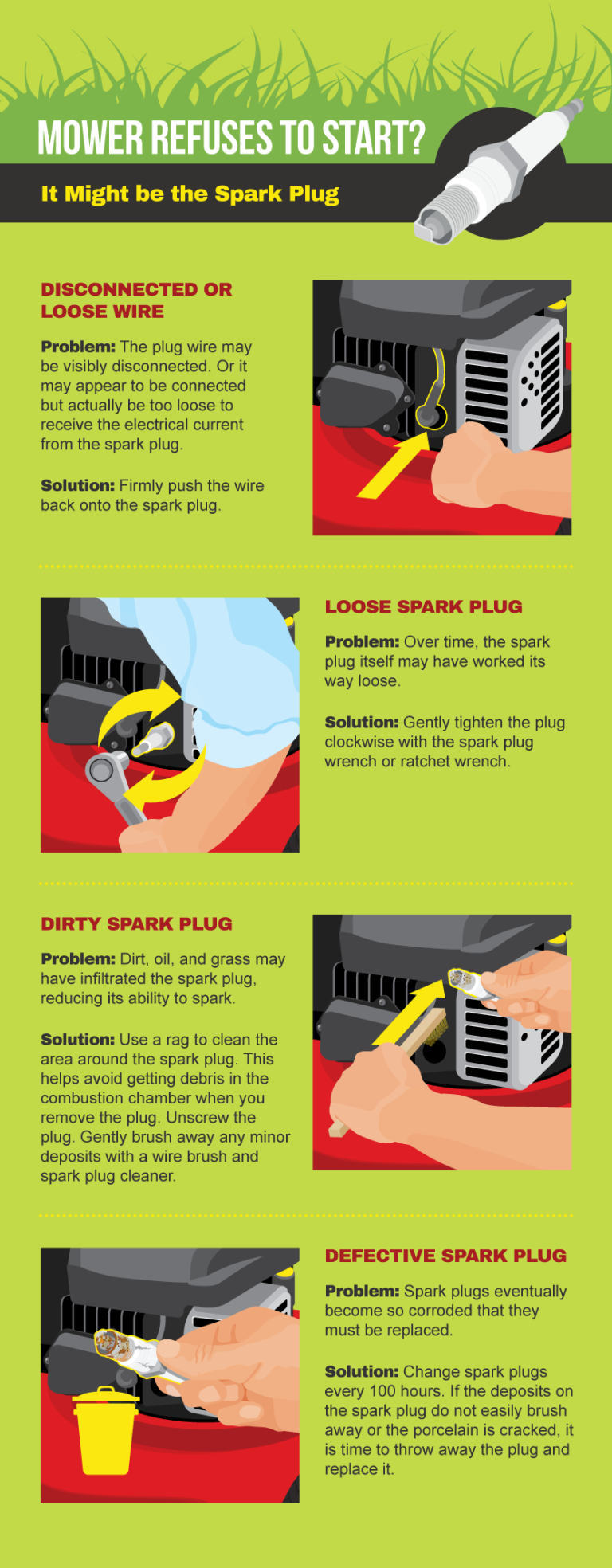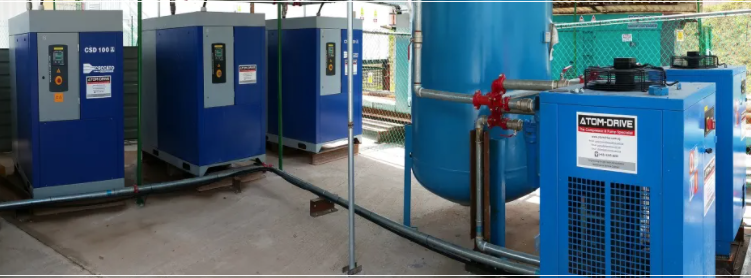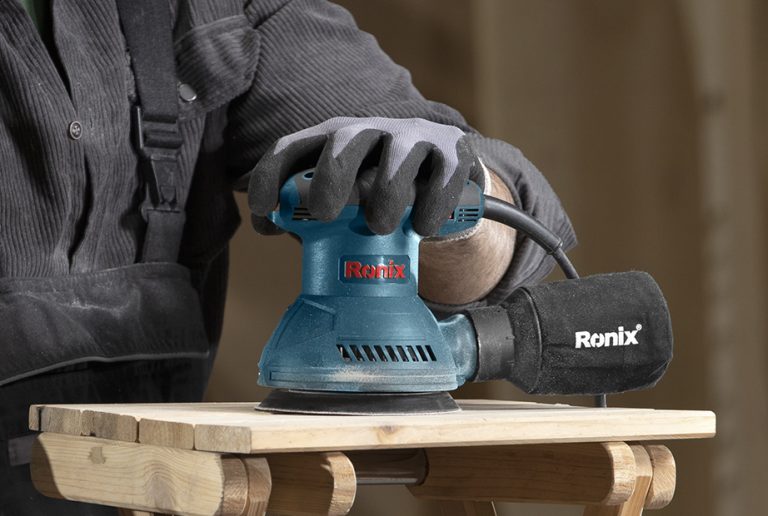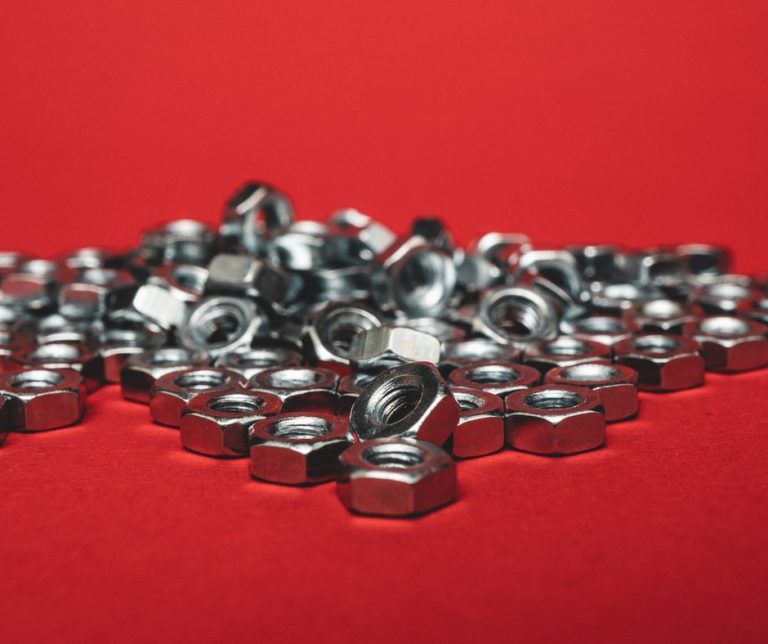Fastener Strength in Low and High Temperatures
Fasteners are used everywhere, from the manufacturing industry to vehicles and homes. Because of the vast number of environments and conditions they’re used in, fasteners are exposed to extreme temperatures at both the low and high end. Not all fasteners can withstand extreme heat or cold, and the specific material of every fastener has different strengths and purposes. Below, we explore how extreme low and high temperatures affect fastener strength.
Understanding Temperature and Fasteners
Effects of Low Temperature on Fasteners
In northern climates where fasteners are used in outdoor materials and appliances, it’s essential to use fasteners designed for extreme cold. Extremely low temperatures can reduce fastener ductility, which is the ability of a material to be drawn into wires and rods. Metal is especially susceptible to extremely cold temps. Extreme cold can make metal fasteners brittle and cause them to break.
Fasteners Designed for Low Temperatures
- Alloys rich in nickel
- Stainless steel
- Non-metal materials
Effects of High Temperature on Fasteners
It’s far more likely that your fastener will be exposed to extremely high temperatures than low ones. When your fastener is used in a conductive or combustion process, such as in an engine or machine, it must withstand very high temperatures. Fasteners that can’t withstand heat might creep or relax, two processes that lead to deformation over time.
Fasteners Designed for Extreme Heat
- Stainless steel
- Medium carbon alloys
- Nickel-based alloys
- Cobalt-based alloys
- Dual nickel-cobalt alloys
Choosing the Right Fastener for the Job
Fasteners are made from countless materials, each with its own strengths and purposes. Temperature plays a significant role in fastener effectiveness and stability, but other factors impact which fastener is best to use. When choosing a fastener, consider:
- What materials are being fastened together. For example, are you fastening wood, metals or plastics?
- What coatings the fastener may need. Will a zinc coating be necessary?
- How wet, humid or dry the environment will be. In addition to temperature, a damp or dry environment impacts fastener stability.
- The aesthetic preferences of clients and customers. For internal fasteners, aesthetics are less important, but where clients may see the fastener, it might be necessary to select a visually pleasing one.
- How the fastener is being used. Is your fastener simply joining two items, or will it need to bear weight, be flexible, etc.?
Choosing the right fastener is an essential aspect of your project. The experts at Global Certified Fasteners are here to help. We’ll work to understand your project and make the best recommendations for your product needs. Contact us today to learn more.





